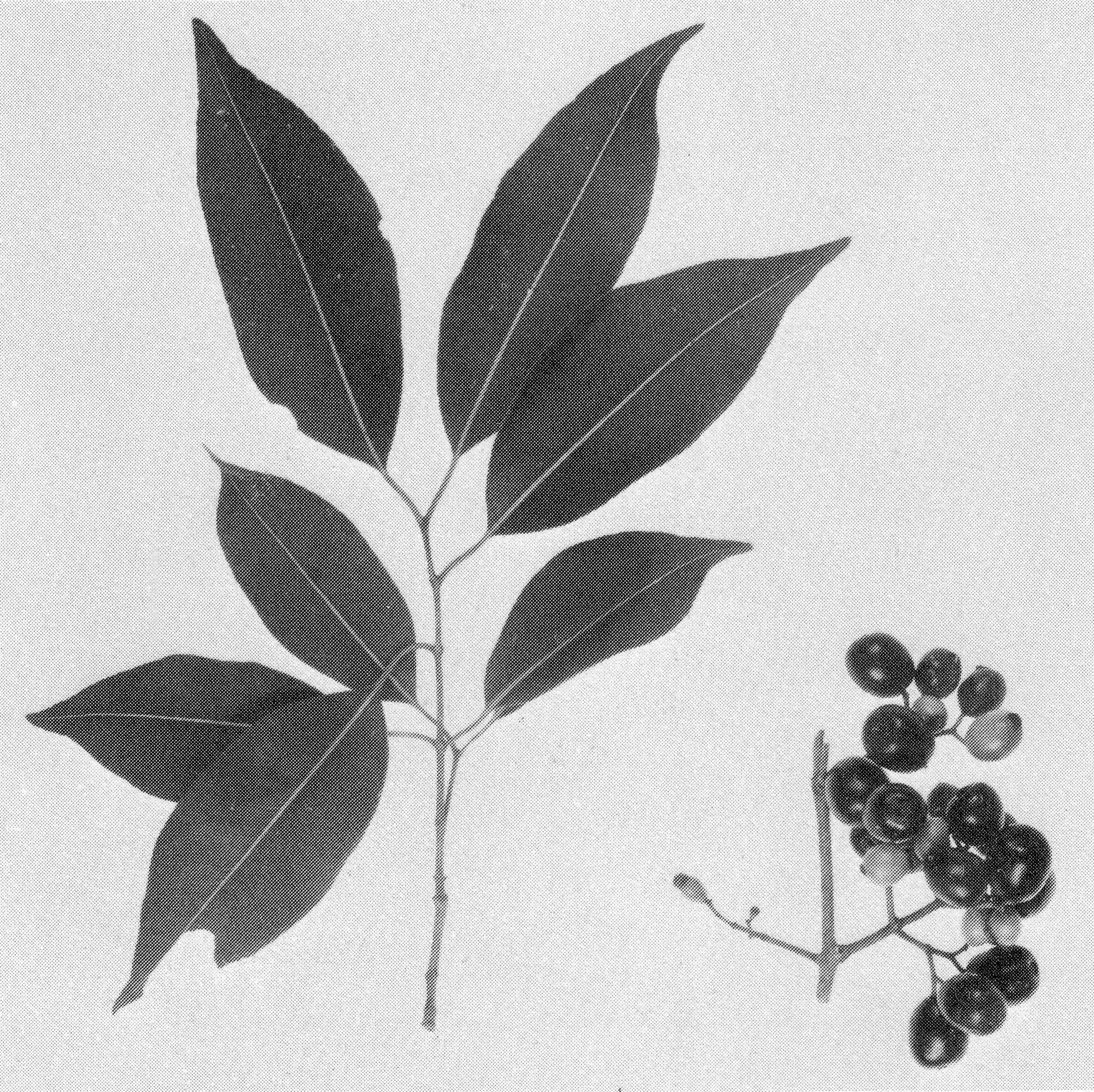|
Common names: downy myrtle, hill gooseberry (English); kemunting (Malaya, Java). Origin: Tropical Asia. Distribution: Introduced widely into subtropical areas but not common outside Asia (except in Florida where naturalized). Cultural requirements: Cool tropical or warm sub-tropical climate; light acid soils (pH 4-6). Tolerant of wet soil conditions and temperatures to about -6° C. Will not grow in high-pH soils. Description: Shrub to 3 m. Propagation by seed, division of crowns. Fruit production in 3-4 years from seed. Flowers April-May (Florida). Fruit matures in 60 days. Fruit ellipsoid, 1.5 cm in diameter, exterior color purple. Utilization: Pulp eaten fresh, in pies, jellies, pre-serves. Flavor subacid; moderate appeal. Little potential for wider cultivation. References: Burkill 1935, Ruehle et al. 1958. Stenocalyx dysentericus Berg Common names: cageiteira (Portuguese). Origin: Brazil. Distribution: Brazil. Cultural requirements: Dry tropical savanna. Description: Tree to 6 m. Propagation by seed. Fruit 3-5 cm in diameter; external color yellow, internal white. Utilization: Pulp eaten fresh, in jellies; made into wine. Flavor subacid. Chiefly harvested from the wild. Reference: Fouqué 1974. Syzygium aqucum Burm f. (= Eugenia aquea) Common names: water rose apple, watery rose apple (English); jambu ayer (Malay). Origin: Southeast Asia. Distribution: Introduced widely into Tropics but not common outside Asia. Cultural requirements: Hot, wet tropical lowlands with light, well-drained, mildly acid soils. Not tolerant of temperatures below freezing. Description: Tree to 8 m. Propagation by seed, layering (many selections seedless). Fruit production in 7-8 years from seed, 3-4 years from layers. Flowers May-July (Florida), sometimes other seasons. Fruit matures in 30-40 days. Fruit pyriform, 3.5-4.5 cm in diameter, solitary; external color green, white, or pink; internal color white. |
Utilization:
Pulp eaten fresh, pickled. Flavor slightly sweet, insipid. Good eye appeal
but limited taste appeal. Limited potential as commercial fruit in Southeast
Asia, where many superior selections exist. References: Burkill 1935, Molesworth Allen 1967. Syzygium cumini Skeels Common names: Java plum, jambolan (English); jambolan (Malaya); jamun (India); duhat (Philippines). Origin: Southeast Asia, Philippines. Distribution: Pantropic. Cultural requirements: Tropical lowland or hot subtropical climate. Tolerant of a variety of soils (even where poorly drained), seasonal dry period. Thrives under adverse conditions to the point of being a weed in some areas. Description: Tree to 16 in. Propagation by seed (layering, grafting possible but seldom used). Fruit production in 5-6 years from seed. Flowers March-April (Florida), sometimes other seasons. Fruit matures in 90 days. Fruit ellipsoid, 1.5-2.5 cm in diameter, 5-20 per cluster; external color purple, internal white to lavender. Utilization: Pulp eaten fresh, made into jellies, wine. Flavor sweet, usually astringent; low appeal. Marketed in Asia, but little potential for expansion. References: Burkill 1935; Molesworth Allen 1967; Popenoe 1939. 
Figure
24. Java plum, an astringent fruit.
|